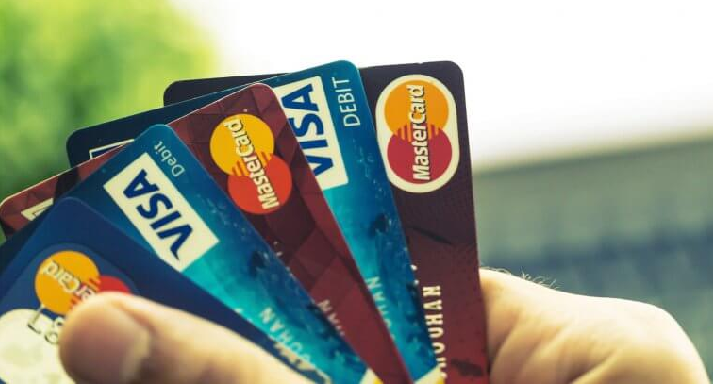Transacting has come a long way from bartering an item for another to buying everything on credit. Credit used to be a luxury that was provided by vendors, only to customers that had a long history of buying from them.

However, with the evolution of the banks, the availability of credit has expanded, from being provided to select customers by the vendors to customers being backed by banks for all their purchases from all vendors.
This facility provided by the banks is offered through credit cards. A bank provides this facility to almost all its customers with different spending limits, depending on their accounts’ balances and longevity of the relationship with the bank.
Evolution of the credit card
The first token to allow someone to buy stuff on credit was issued in 1947, known as Charg-It, and was accepted at multiple stores in specific areas of Brooklyn. It was a status symbol to have owned this card.
The idea gained momentum particularly with the traveling salespersons going for the Diners Club cards in 1949. It allowed them to travel without having to carry cash for food, fuel, and hotel stays. They were able to use this card only at network outlets though.
Looking at the phenomenal response that Diners Club cards got, banks as well started issuing such charge cards. In 1950 American Express charge cards were launched. Learning from their experiences and expanding aggressively, the charge cards are changing the way we transact, the world over.
The global expansion
In order to push the use of charge cards, the Bank of America mailed a plastic charge card to all its customers in Fresno, CA with a credit limit of USD 500 each. A lot of these were stolen and/or misused, thus creating huge losses for the bank. The experiment came to be known as the ‘Fresno Drop’ and was not a complete failure though. It was a learning that highlighted the security issue and propelled the evolution of the cards with higher security.
The present-day chip and credit card pin is the most secure and accepted mode of payment.
The Indian market
Up until the last decade, carrying out cashless transactions was a luxury, enjoyed only by a select few who were educated enough to understand how it worked and owned cards. The use of plastic money has been consistently on the rise during the last decade; however, it got a boost post the demonetization rolled out by the ruling government in 2016.
The cards are increasingly used for most online transactions. Additionally, people swipe their cards to pay for fuel, groceries, and other daily items. Several institutions offer special rewards points program for increased usage. The Indian population has come a long way from the barter system to the plastic money especially with the government promoting digitalization in the country.
The card culture has penetrated urban India but still has a room for expansion. Rural India is a vast untapped market that is still reluctant to switch to plastic money. Don’t have a card? Apply for one today and enjoy the freedom from paying in cash.

